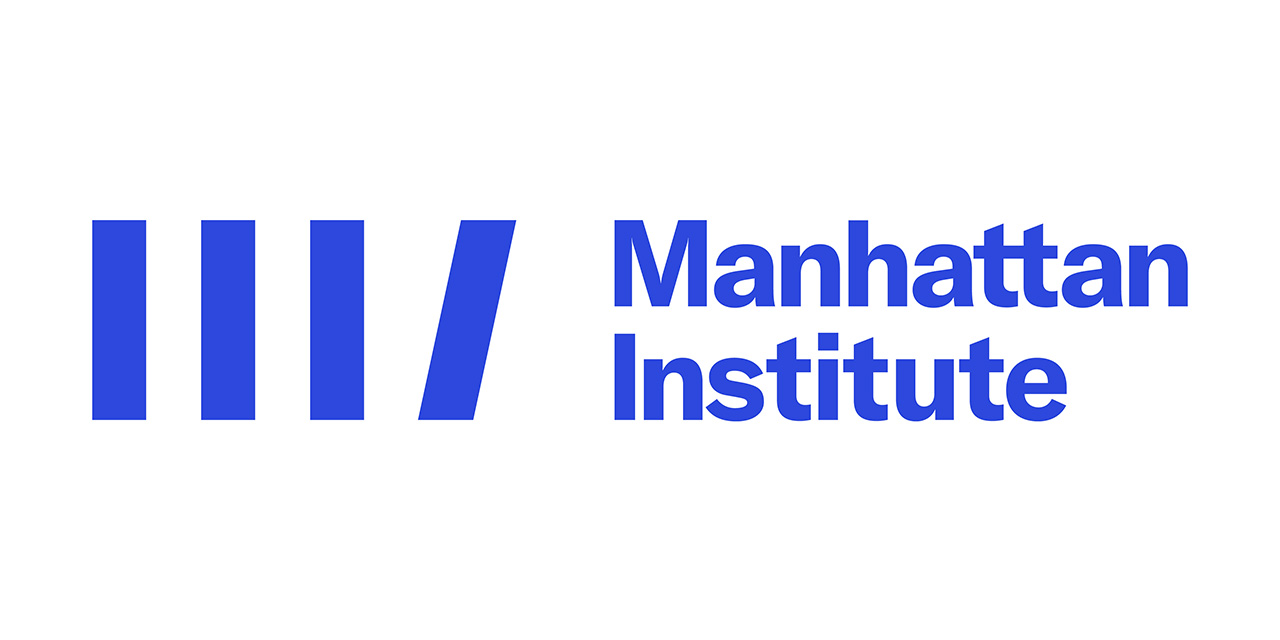Good morning:
It’s no secret that American higher education is in crisis.
From the proliferation of anti-Semitism on college campuses to the entrenchment of DEI bureaucrats in administrative offices, from racist and unconstitutional college admissions to the ballooning cost of a subpar education, it is no surprise that Americans are increasingly suspicious that many degrees are not worth having.
Too many elite colleges are running on the fumes of their old prestige, leaving students and families with the impression that the best education can still be found within ivy-covered walls. But there is a mismatch between reputation and reality. American students and families need a new tool to assess the value of an education from the nation’s top schools, one that takes into account a school’s campus life, faddish curriculum offerings, commitment to free speech and free inquiry, and educational quality as they really are.
This week, the Manhattan Institute launched our inaugural 2025 City Journal College Rankings. We conducted a data-driven, holistic assessment of 100 top colleges and universities in the United States. The 68 factors we measured analyze how well students are equipped to earn back the cost of their education; whether the curriculum is rigorously designed and grounded in the Western tradition; the ideological imbalance of the student body and professors, among others.
The findings in the 2025 City Journal College Rankings are a necessary corrective to outdated lists. As John D. Sailer, MI’s director of higher education policy, and Kevin Wallsten, an MI adjunct fellow and political science professor, write in the College Rankings’ introductory essay:
The most well-known college-ranking schemes offer conventional answers to questions about “America’s best colleges” because they lack an understanding of the purpose and effect of higher education. Education is an activity that shapes the soul, as ancient writers would have put it. For better and for worse, college shapes students’ minds, characters, and futures; but the well-known college-ranking schemes focus on factors that tell you almost nothing about how attending a particular college will affect your life.
Discover the full college rankings at City Journal.
Also featured in this newsletter is fellow Daniel Di Martino’s new report that applies a Congressional Budget Office–style methodology to estimate the 10- and 30-year impacts of immigrants on tax revenues, federal spending, GDP, and population. Di Martino proposes a new national immigration policy that focuses on who rather than how many. This new MI reform prioritizes merit and protects public finances, with the additional benefits of reducing crime and facilitating greater assimilation.
Early voting begins this weekend in New York City, and our scholars are weighing in on quality-of-life issues essential to New Yorkers. In the New York Post, fellow Rafael A. Mangual joined with former NYPD commissioner William J. Bratton to warn against a Zohran Mamdani proposal that would shift matters of police officer discipline away from the NYPD boss. In The Atlantic, fellow Charles Fain Lehman probed why fear of crime and disorder drives people away from mass-transit options, including light rail and city buses. And, in City Journal, fellow Carolyn D. Gorman takes on a NYS proposal to legalize magic mushrooms, synthesizing the dangers of hallucinogenic drugs.
Finally, City Journal investigative analyst Stu Smith exposes the activist-driven global campaign to undermine production of the Lockheed Martin F-35 Lightning II stealth fighter, a crown jewel of the U.S. Air Force. If this threat is allowed to fester, it will pose a serious threat to our national security.
Kelsey Bloom
Editorial Director

